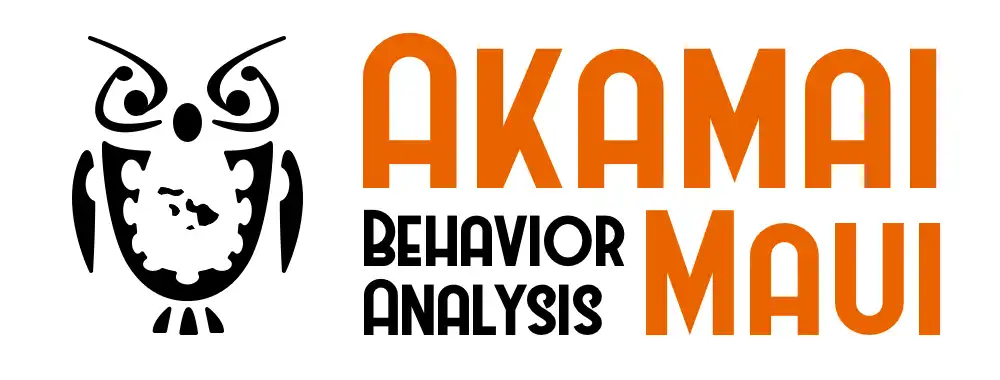Resilient Reefs on Maui, Threats Identified
Five of Leeward Maui’s most resilient reefs are found in State managed areas and offshore of a federal wildlife refuge. That was a key finding from a 2018 survey that offers a snapshot of more than 22,000 coral colonies at 51 sites along Maui’s South and West shores. The results suggest that coral reefs can be managed to build resilience and increase survivability in an uncertain climate future.
The State’s Molokini and Honolua Marine Life Conservation Districts, Kahekili Herbivore Fisheries Management Area, ʽĀhihi Kīnaʽu Natural Area Reserve, and the reef offshore of the US Fish & Wildlife Refuge at Keālia—a natural wetland that protects coastal resilience—are among the healthiest reefs in Leeward Maui.
The survey, conducted by The Nature Conservancy with support from the State Division of Aquatic Resources, the University of Hawaiʽi and National Oceanic Atmospheric Administration, sought to identify the sites likely to be the most—and least—resilient to climate change impacts.
The survey also identified the different local pressures affecting those reefs that, if reduced, could enhance reef resilience, defined as a reef’s ability to resist or recover from climate change impacts. Results will help inform community-based conservation efforts on Maui and the State’s Marine 30×30 Initiative, a commitment to effectively manage 30% of nearshore waters by 2030.
Maui’s Leeward reefs face a combination of threats, including sediments, nutrients and high fishing pressure. Sites with high fishing pressure included North Kāʽanapali, Hanakaʽōʽō north of Lāhainā, and Keālia in South Maui. Kīhei and North Kāʽanapali were areas with more pronounced nutrient and water quality issues.
“The threats facing Maui’s reefs vary from site to site, so management actions need to be tailored to address those threats. Communities and State agencies can use this information to make decisions about how best to manage our reefs—not just for the conditions of today but for the conditions that are coming,” said Dr. Eric Conklin, director of marine science for TNC Hawaiʽi.
Conklin said the state has already started to see the impacts of climate change, such as the 2015 mass bleaching that was caused by unusually high ocean water temperatures and resulted in up to 90% coral mortality on some reefs. “While we are limited in Hawaiʽi in what we can do to alter the global forces driving climate change, the way we address local pressures now will help or hinder the ability of our reefs to respond effectively,” he said.
Sediment was one of the major local pressures impacting reef resilience on Maui. One example of this is found at Olowalu, a vitally important reef system that is a major contributor of coral larvae across West Maui.
“We surveyed several Olowalu reefs, and while some were doing very well, others were heavily impacted by sediment,” Conklin said. “In general, a number of reefs with low resilience were in areas impacted by land-based sediments and nutrients, including Kīhei and around Lahaina. Nutrients bind to sediments, so these impacts often occur together.”
Brown water events are a common occurrence after major storms in South and West Maui. The problem has become so acute it prompted the formation of the West Maui Ridge 2 Reef Initiative and Hui O Wai Ka Ola, a trained group of citizen scientists assisting the State in monitoring Maui’s ocean water quality.
According to Emily Fielding, TNC’s Maui director of marine conservation, development and a century of intensive agriculture have left “legacy” sediments on the island. “A lot of sediment is already in the ocean, but a lot remains within the stream banks and gets washed into the ocean during big rain events,” she said. “It’s a real challenge, particularly in West Maui. Even if you institute the best land management practices to prevent new sediments, there are still tons of sediments already in the delivery channel getting released over time that need to be addressed.”
Identifying the most pressing local threats and the most resilient reefs across the state is critical to the Marine 30×30 Initiative. “Key in reaching the 30×30 goal is to create a cohesive, ecologically connected network of marine areas that, managed collectively, will rebuild and sustain productive nearshore fisheries, cultural and social benefits, and coastal and reef resilience,” said Acting DAR Administrator, Brian Neilson.
Funding for the Maui reef resilience surveys and Hui O Ka Wai Ola was provided by the NOAA Coral Reef Conservation Program, National Fish and Wildlife Foundation and other private supporters of The Nature Conservancy.

Healthy reefs ʽĀhihi Kīnaʽu. PC: Jim Petruzzi via The Nature Conservancy of Hawaiʽi.

Leeward Maui Survey Map. PC: The Nature Conservancy of Hawaiʽi.

Brown Water Event at Honokahua, Maui. PC: Bill Rathfon via The Nature Conservancy of Hawaiʽi.

Keālia NWR. PC: Lahaina Photography

A school of juvenile parrotfishes, protected within the Kahekili Herbivore Fisheries Management Area, swims over the reef in spring of 2014, an optimistic sign signaling early stages of this reef’s recovery. Credit: Liz Foote








